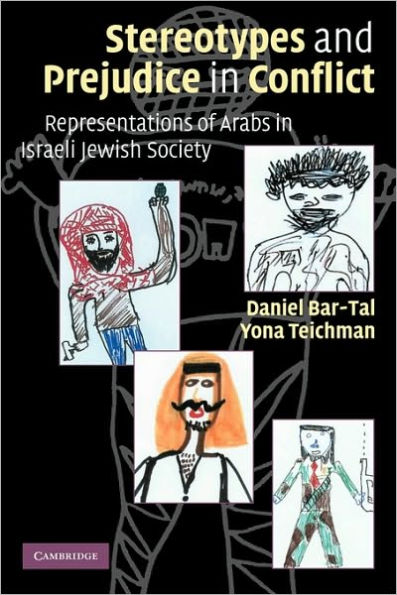5
1
9780521127035


Stereotypes and Prejudice in Conflict: Representations of Arabs in Israeli Jewish Society available in Paperback

Stereotypes and Prejudice in Conflict: Representations of Arabs in Israeli Jewish Society
- ISBN-10:
- 0521127033
- ISBN-13:
- 9780521127035
- Pub. Date:
- 12/03/2009
- Publisher:
- Cambridge University Press
- ISBN-10:
- 0521127033
- ISBN-13:
- 9780521127035
- Pub. Date:
- 12/03/2009
- Publisher:
- Cambridge University Press
61.99
In Stock

Product Details
| ISBN-13: | 9780521127035 |
|---|---|
| Publisher: | Cambridge University Press |
| Publication date: | 12/03/2009 |
| Pages: | 504 |
| Product dimensions: | 6.00(w) x 8.90(h) x 1.30(d) |
About the Author
From the B&N Reads Blog
